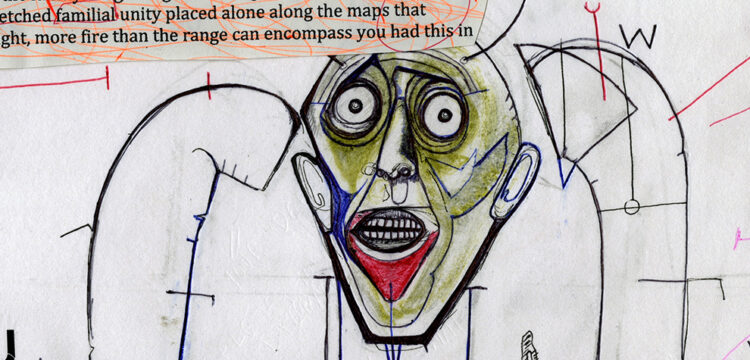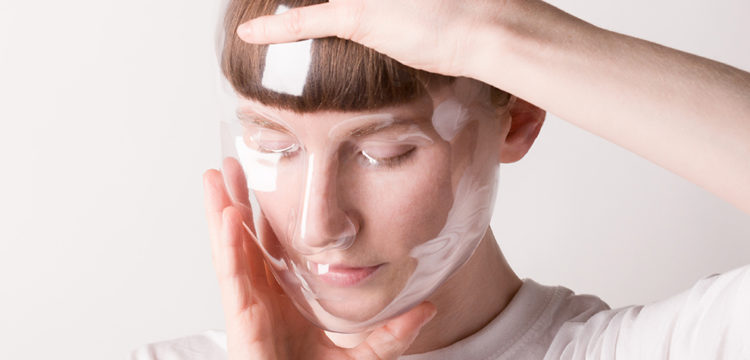The Wind and its Particles
Variations, functions and semantics of a windsock
COSINUS (Cosmic winds) is an outdoor windsocks installation by Margherita Morgantin in the area of the gardens Orti Boschetto Lungo Reno (Bologna). The windsock (or anemoscope) is a recurring sensitive and symbolic element in the artist’s research. Sewn in different materials and installed in various contexts, they find here an evolution in a communitarian key. The materials and colors of these wind signals will vary over time, as will the shape they will take in relation to the weather conditions. Inaugurated on the occasion of Art City Bologna 2021, the installation is an anticipation of Morgantin’s participation in the tenth edition of Live Arts Week, and is one of the moments of VIP = Violation of the Pauli exclusion principle, UNDER THE MOUNTAIN, ABOVE THE MOUNTAIN, winning project of the VIII edition of the Italian Council (2020), produced by Xing and narrated in a book of short texts and drawings to be published soon by nottetempo.
Borrowing the name of one of the particle physics experiments in progress for years in the Gran Sasso underground laboratories of the Istituto Nazionale di Fisica Nucleare, VIP = Violation of the Pauli exclusion principle is a research path that starts from the observation of subnuclear and astroparticle physics homages in relation to artistic imagination, practiced through personal sensitivity as a form of scientific data. In VIP the artist’s body and experience are part of the scientific tools used for field research.
Margherita Morgantin’s work focuses on variations that affect function and semantics. This is the case for the windsock, one of her recurring “signs”, an immediately recognizable object that she modifies according to the wind. The windsock is a very simple measurement instrument, which is useful for signaling something that would otherwise remain undetectable in a visual field with no other “flexible” presence. As an invisible substance, the wind manifests by entering the fabric sock hanging from its widest extremity. Unlike certain fishing nets that have a similar shape, this soft tunnel grants the air a way through while displaying it in its various degrees of intensity—strength.
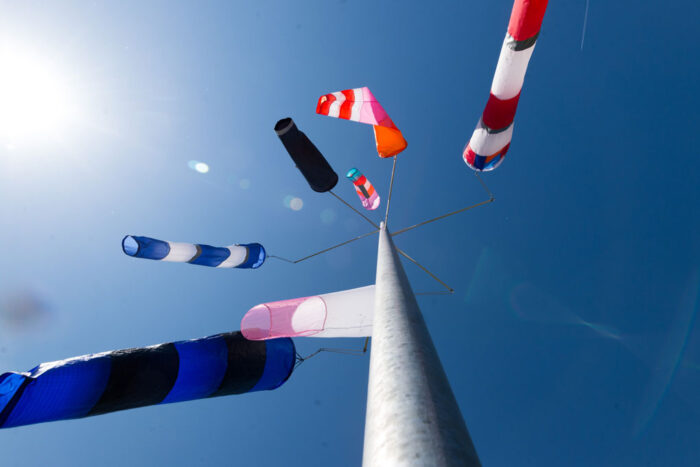
VIP = Violation of the Pauli exclusion principle. Supported by Italian Council (2020). Produced by Xing. Photo Luca Ghedini.
Varying in shape and color, these windsocks are freely re-interpreted by the artist, and imagined in their possibility of wandering and fluttering through large spaces, eventually ending up knotted in the most disparate places, both outdoor and indoor. This is what a windsock would look like on the wall of a meeting room, like a tool that renounces its task, at least for the time being. In this case, the windsock is not there to detect the windiness of the environment but to serve another purpose. Which one? It is there to signal that the artist has settled there and her thoughts are there to be shared and compared. It proposes an exchange, where this possible settlement is a place of dialogue, and our words will be channeled and welcome, for their intensity to trigger some modulations and fix them in our memory forever.
Instead, S.T. (already Venderne 1 per venderne 100 – to see one to see 100) is a work unfolding within the dynamic from extroversion to introversion, like a reversible garment. It is a photo from 1999 in which the artist, seated at a small table, relates to two multiples realized by herself: a couple of white silk-screened cups. For this photography, the artist decided to be portrayed in a joyful expression, although not entirely free to show some inner uncertainty: what side do we take? What kind of symbol should we use? The iconic images on the mugs clearly recall the story of Aldo Moro’s kidnapping and murder by the Brigate Rosse, in 1978. Although it is not fully addressed, the theme of this work is political. In the photo, the artist utters a silent laughter with her torso slightly bent forward, she delivers it with no voice, no volume, quality, duration, and so on—these variables remain unknown and produce something indeterminate.
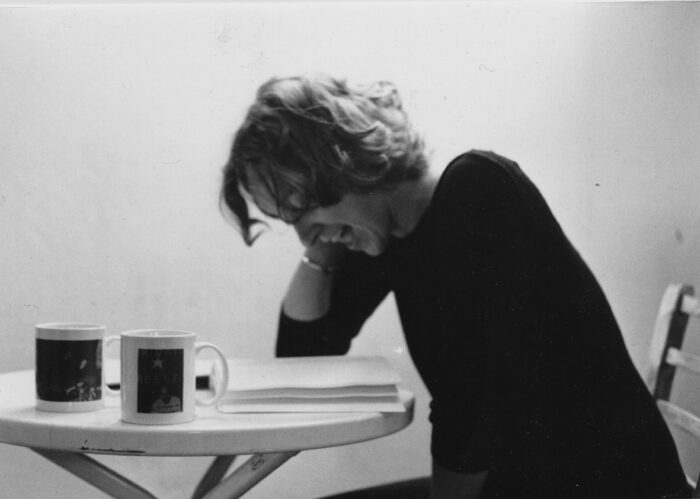
A work is “formally” completed when the artist considers it done. Throughout the time, she will produce other works to support and complete what could only be expressed as an intuition or through some ambivalent feeling a few years before. This expressive research Margherita Morgantin has been working on for some time now seems to be engaging into a deeper dialogue with the field of quantum physics, in order to show that habitual relationships can be freed and rethought by delving into the infinitesimally small. It may be possible to grant an answer to your doubts, even if years later, by distributing and setting up within the space of a dialogue some windsocks capable of determining the meaning of a laughter that once was, or by crossing the vast particle field of interiority and by dealing with both the universal and the singular laws that this contains.
The theme of this reflection is in fact the VIP = Violation of the Pauli exclusion principle project, Sopra La Montagna, Sotto La Montagna (Over the mountain, Under the mountain). The work began in September 2020 with CAMPO 1, a residency at Rifugio Racollo, on the Campo Imperatore highland, on the Gran Sasso mountain chain, at 1670 meters above sea level. I was there in two moments: first, I was invited to lead a workshop for the first group of participants, with the students of L’Aquila Fine Arts Academy and a philosopher; and later, in the final days of the residency, together with a heterogeneous group of researchers and artists, nuclear physicists and contemporary art curators. Under the highland, in the National Laboratories of Gran Sasso of the National Institute of Nuclear Physics, dark matter is studied—the hypothetical matter that supposedly constitutes almost 90% of the mass of the universe, does not emit electromagnetic radiation and is detectable only through its gravitational effects.
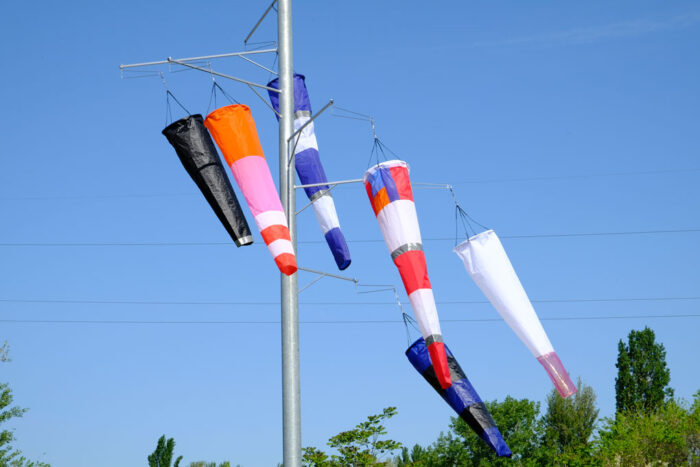
VIP = Violation of the Pauli exclusion principle. Supported by Italian Council (2020). Produced by Xing.
After staying there, I just got hung up on the fact of being above a place while imagining oneself under the very same place (“under” not as at its bottom but literally inside of it). The possibility of placing yourself on two levels, one above the other—without considering this above/under arrangement as hierarchical—concerns a specific choice of bodies which are activated by their urge for knowledge. In these working environments, created to allow scientists to observe matter in particular conditions, natural radiations cannot penetrate, although they are free to circulate through the cosmos. The matter that these researchers are studying is therefore subjected to a non-passage of radiation, to a non-interference.
As for people, matter’s behavior changes according to situations. Something is taken from the world in order to assess the possible laws that govern its behavior and pace when unaltered, to observe it in its purity, through specific experiments. Context matters, as much as the way it influences our emotional and chemical systems. In the same way, matter responds according to stress and to other substances it gets exposed to. The reference here is from a First philosophy, which analyzed entities by extracting and isolating them from the context-world. Something that was removed and then put back into the world will look with either great or small dismay at the hand which now takes it back and frees it—the same hand which had removed it from a continuous whole in the first place. The chosen observed matter undergoes a distinction, since it needs to be shielded from radiation to be analyzed. A first and second nature, a first and second philosophy: here, contamination is inevitable. In the artwork this distinction is not available: what is produced, even if it is called or perceived as “sublime,” rests with its weight and is anchored in the world without losing sight of its origin and destination. Margherita Morgantin’s dialogue with physics interprets this split starting from a female body/position. In this way, a person pushed to do something, to adopt an aptitude she did not wish to have, finds a comparison for verification—that of “untouchability.” Walking on the highland of Campo Imperatore, as well as in other unshielded places, revives ancient questions about harmony and conflict.
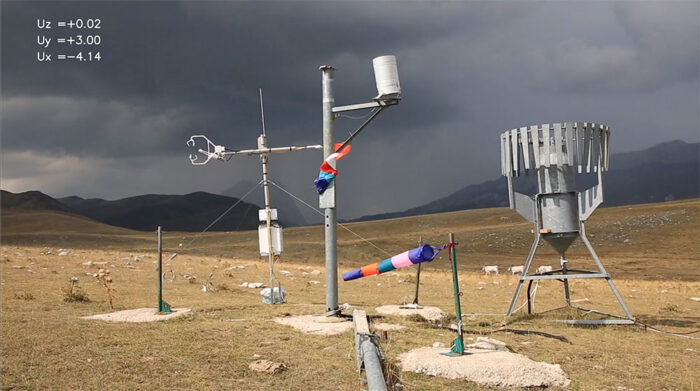
VIP = Violation of the Pauli exclusion principle. Supported by Italian Council (2020). Produced by Xing.
Among others, the result of this sequence of places, contacts and exchanges made and produced by Margherita Morgantin up to this point, is a galvanized pole with seven windsocks hoisted up in a spiral: a metal tree, planted near the vegetable gardens on the outskirts of Bologna. The movements of the windsock solicited by the air moves, in their chromatic exchanges and weaving restlessness, are mixed to the smooth hiss of the highland’s memory, where people stands looking from above and beneath, quite absorbed in their premises and visions.




